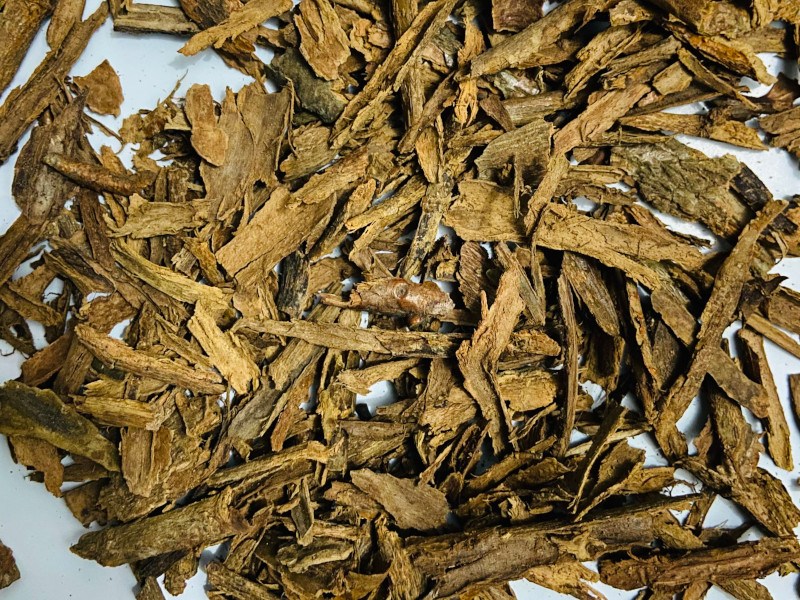Cassia cinnamon and true Ceylon cinnamon (Cinnamomum verum) are two distinct varieties of cinnamon with differences in flavor, aroma, appearance, chemical composition, and usage. Here’s a breakdown of the main differences between the two:
- Botanical Origin:
- Cassia Cinnamon: Cassia cinnamon, also known as Cinnamomum cassia or Chinese cinnamon, comes from several species within the Cinnamomum family, including C. cassia and C. burmannii.
- True Ceylon Cinnamon: True Ceylon cinnamon, also known as Cinnamomum verum or Ceylonese cinnamon, comes specifically from the Cinnamomum verum tree and is native to Sri Lanka.
- Flavor and Aroma:
- Cassia Cinnamon: Cassia cinnamon has a strong, spicy, and intense flavor with a robust aroma. It’s often associated with the familiar “cinnamon” flavor found in many baked goods and spiced dishes.
- True Ceylon Cinnamon: True Ceylon cinnamon has a delicate, sweet, and complex flavor profile with subtle citrusy and floral notes. Its aroma is lighter and more refined.
- Appearance:
- Cassia Cinnamon: Cassia cinnamon bark is thicker, rougher, and darker in color. It often forms hard, thick quills or sticks.
- True Ceylon Cinnamon: True Ceylon cinnamon bark is thinner, more delicate, and lighter in color. It can be easily rolled into thin, fragile quills.
- Coumarin Content:
- Cassia Cinnamon: Cassia cinnamon contains higher levels of coumarin, a natural compound that can be harmful in large quantities.
- True Ceylon Cinnamon: True Ceylon cinnamon contains significantly lower levels of coumarin, making it a safer choice for regular consumption.
- Medicinal and Health Considerations:
- Cassia Cinnamon: Due to its higher coumarin content, excessive consumption of cassia cinnamon can potentially lead to health concerns in sensitive individuals.
- True Ceylon Cinnamon: True Ceylon cinnamon is often recommended for individuals who wish to consume cinnamon for potential health benefits due to its lower coumarin levels.
- Culinary Use:
- Cassia Cinnamon: Cassia cinnamon’s bold flavor is often preferred for recipes that require a strong cinnamon presence, such as spiced beverages and savory dishes.
- True Ceylon Cinnamon: True Ceylon cinnamon’s delicate flavor is well-suited for recipes where a subtle cinnamon taste is desired, such as in baking and desserts.
- Geographical Origin:
- Cassia Cinnamon: Cassia cinnamon is commonly grown in China, Indonesia, and other parts of Southeast Asia.
- True Ceylon Cinnamon: True Ceylon cinnamon is primarily grown in Sri Lanka.
It’s important to be aware of these differences when selecting cinnamon for your culinary and health needs. The choice between cassia cinnamon and true Ceylon cinnamon depends on your preferences, dietary considerations, and intended use. If you’re uncertain about which type of cinnamon to choose, consider consulting with a healthcare professional or a culinary expert.

